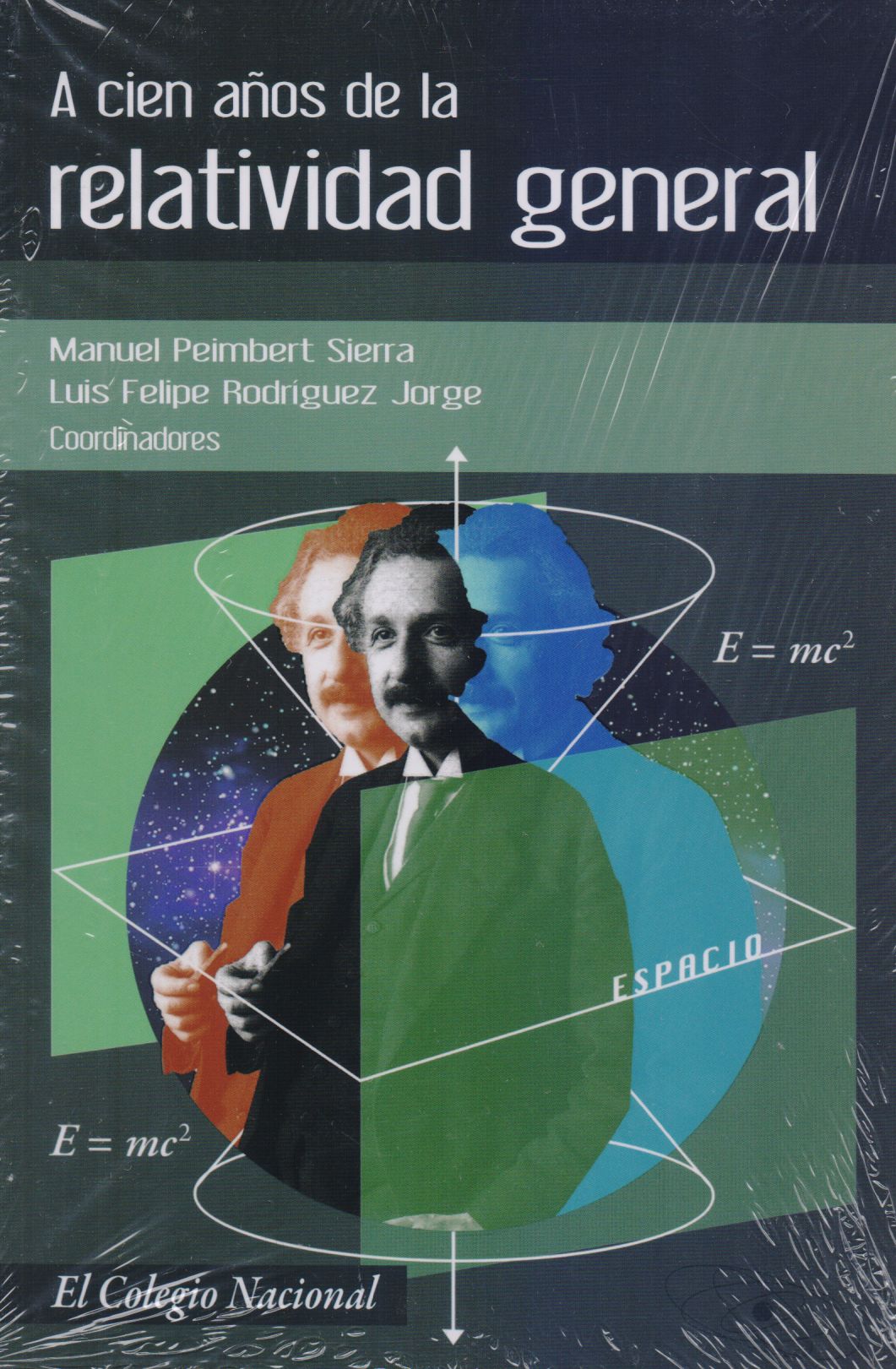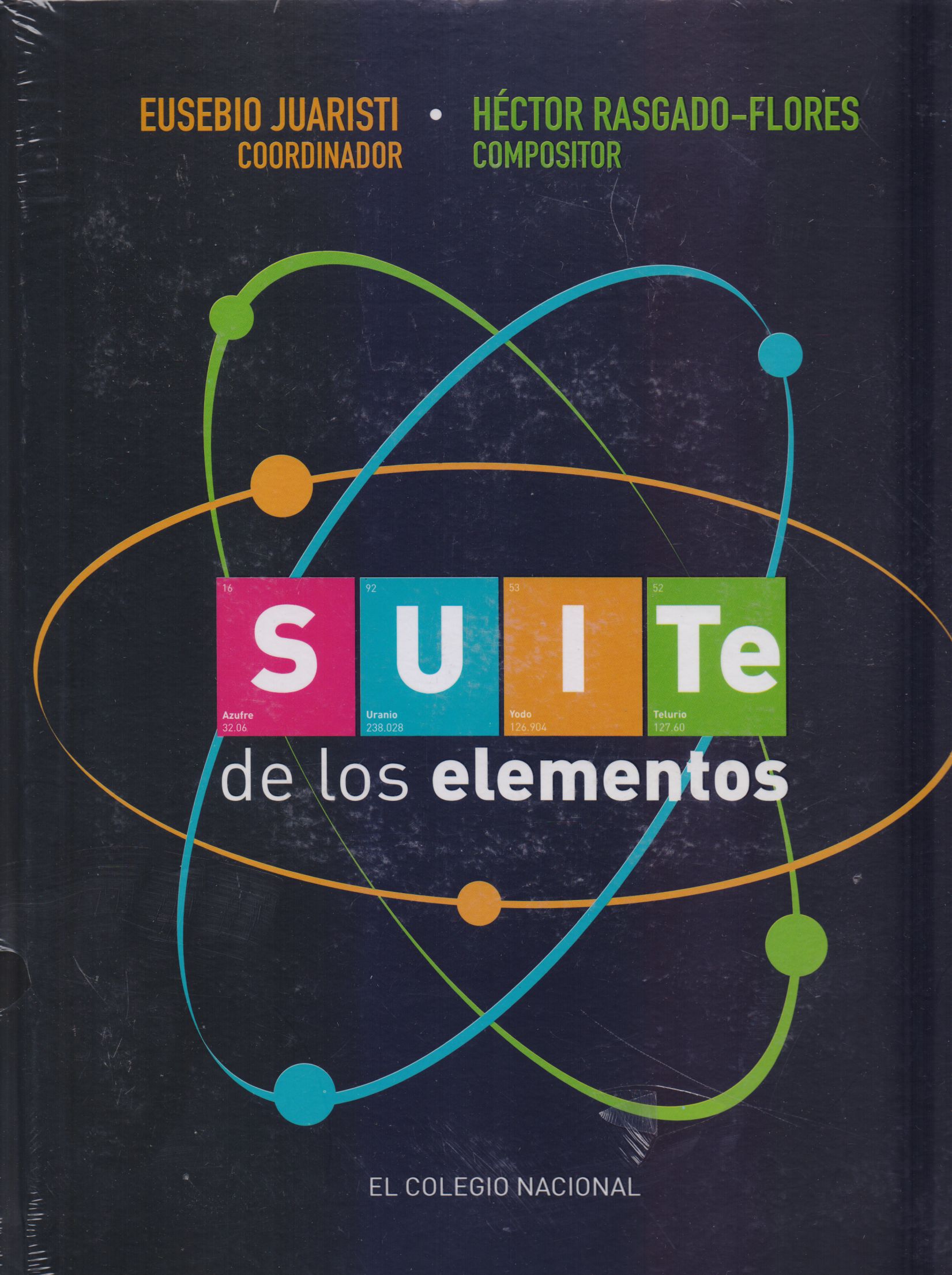Libros relacionados
 |
A Cien Años de la Relatividad General Peimbert Sierra, Manuel / Rodríguez Jorge, Luis Felipe Colegio Nacional |
 |
Génesis de la Desorientación Moderna: una Aproximacióm a la Relación Histórica E Talancón E. , José Luis Universidad Nacional Autonoma de Mexico |


|
Título: Feynman's Lost Lecture. The Motion Of Planets Around The Sun. W Cd | |
| Autor: Goodstein David L/ Goodstein Judith R/ Feynman Richard P | Precio: $560.00 | |
| Editorial: W. W. Norton | Año: 1996 | |
| Tema: Fisica, Ciencia, Teorias | Edición: 1ª | |
| Sinopsis | ISBN: 9780393039184 | |
| On March 13, 1964, Feynman delivered a lecture to the Caltech freshman class, "The Motion of Planets Around the Sun"why the planets move elliptically instead of in perfect circles. For reasons unknown, most probably for his own amusement, he chose to make the argument using mathematics no more advanced than high-school plane geometry. Isaac Newton had pulled off much the same trick nearly 300 years earlier in his masterpiece, the Principia. Feynman, unable to follow Newton's obscure proof, invented his own original, geometrical proof in the Caltech lecture. The subject of Feynman's lecture was the watershed discovery that separated the ancient world discovery that separated the ancient world from the modern world - the culmination of the Scientific Revolution. Before Copernicus, Kepler, Galileo, and Newton, the universe was Earth-centered. After their discoveries, our idea of the universe steadily altered and expanded, moving outward to the infinity we try to understand in our own time. Thus Feynman deals here with a crowning achievement of the human mind, comparable to Beethoven's symphonies. Shakespeare's plays, or Michelangelo's Sistine Chapel. Feynman conclusively demonstrates the astonishing fact that has mystified and intrigued all deep thinkers since Newton's time: Nature obeys mathematics. For thirty years this brilliant and seminal lecture lay dormant in the Caltech archives. Now, in this book, Feynman's lost lecture has been reconstructed and explained in meticulous detail together with a history of ideas of the planets' motions. Anyone who remembers high-school geometry can enjoy it and can profit from the compact disc that accompanies this book.
Isaac Newton, in his Principia Mathematica (1687), proved Johannes Kepler's law explaining why planets travel in elliptical orbits around the Sun. In 1964, theoretical physicist Richard Feynman, the bestselling author and Nobel Prize winner, set forth his own proof of Kepler's law, using only plane geometry. Feynman's difficult proof, presented in an introductory lecture to Caltech undergraduates, never made it into the classic multivolume Feynman Lectures on Physics, published between 1963 and 1965, but California Institute of Technology archivist Judith Goodstein unearthed the transcript of Feynman's 1964 lecture, published here along with explanatory commentary and historical background, plus 25 photographs and 150 diagrams. Caltech physics professor David Goodstein, Feynman's friend and colleague until the latter's death in 1988, provides a warm reminiscence and does a good job of explaining how quantum physics and relativity supplanted Newtonian science. |
||
Librería Bonilla SA de CV © Todos los derechos reservados. 2019
Última actualización: Jul 2019






